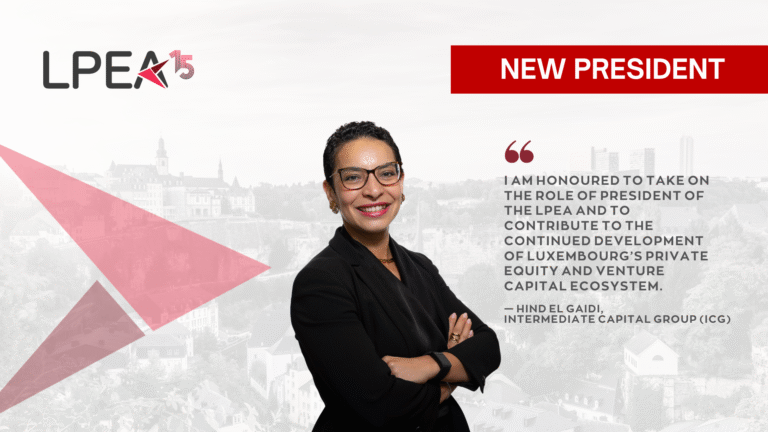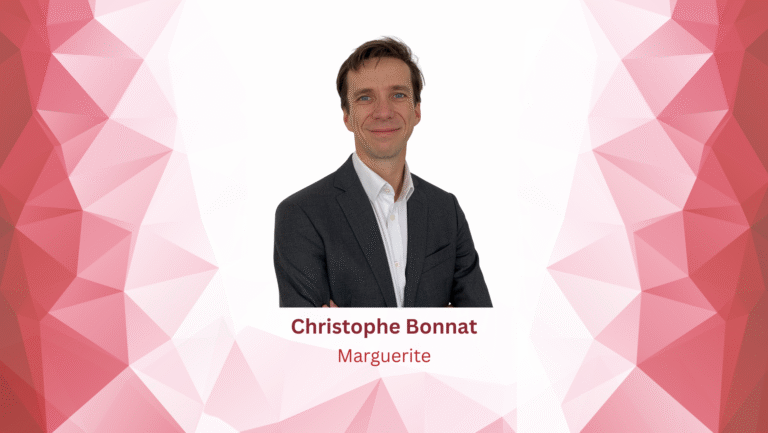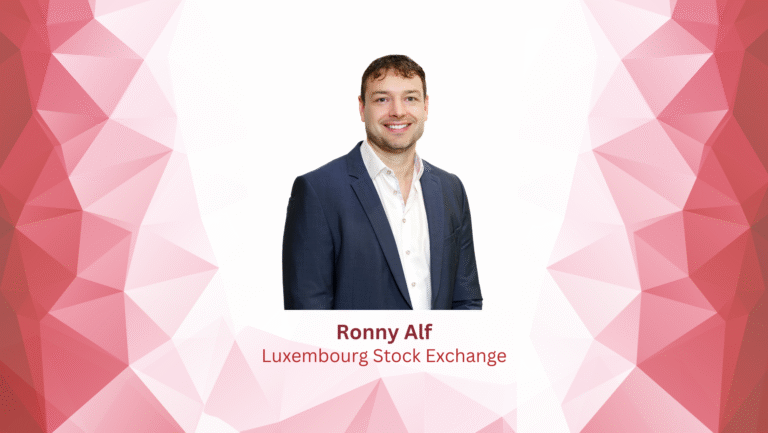Quantifying Risk for Private Equity – Challenges and Approaches
Capital V #10 | Private Equity Means Luxembourg
Value-at-Risk (VaR) as the most important risk indicator in the world of liquid assets is well known and generally accepted but still often critically discussed.
The AIFMD requires the quantification of VaR for alternative (illiquid) assets as well, although there are no standard models available yet. Apart from formal requirements, it is fair to say that many experienced market participants in the “illiquid world” are not really convinced whether it makes sense at all to calculate VaR.
As investors are allocating a higher fraction of their portfolios to alternative assets, quantifying the risks related to these assets becomes more important. The objective of the VaR models for alternative assets should not only satisfy regulatory requirements but also provide added value to market participants. Accordingly, there is an increased interest from institutional investors for VaR indicators for a number of reasons. Firstly, investors are using risk measures for investment allocation purposes on an overall level. Secondly, they want to have a measure to quantify the risks of investing into private equity. Last but not least, investors want to get independent input for their own internal risk management systems.
Calculating VaR for private equity funds is difficult for several reasons. Firstly, market prices and hence data are rarely available and thus there are considerable limitations in using it for risk measurement purposes. Secondly, returns of illiquid assets are generally not normally distributed and therefore higher moments of distribution functions have to be taken into account which leads to additional complexity. Thirdly, assets in private equity portfolios are often extremely heterogeneous and have to be analysed individually, which makes the exercise inefficient and expensive.
There are quite a few solutions offered in academic literature, but they only work with plain vanilla portfolio structures and are hard to standardize for the day-to-day business of an AIFM. Private equity managers on the other hand usually rely on well-known valuation models calculating simple scenario analyses in order to find out what happens to the portfolio company value if certain parameters change (e.g. the discount rate). However, in terms of risk assessment, we not only want to know what could happen but also the probability for it to happen.
In order to deal with the above-mentioned challenges, Luxembourg Investment Solutions has developed two principal models for calculating VaR for private equity investments. Considering the “look-through” principle, we have a “single asset model” which generally works for all kind of income producing assets even if there is no historical data available. The second approach is a “benchmark model” which comes into play in the case of fund-of-fund structures where it is extremely difficult or even impossible to analyse each single underlying asset.
The “single asset model” starts with a valuation provided by the asset manager/advisor or a third-party appraiser usually as a traditional DCF model (flow to equity or WACC). This valuation is not challenged by our models (although they can easily be used for plausibility checks) but rather replicated through a so-called “reverse valuation” procedure. In a second step, certain and uncertain parameters in the model are identified and the uncertain parameters are modelled with appropriate likelihood functions. The idea behind this is that the manager has the best knowledge of the asset value hence this value is expected to be the most likely outcome. However, because it is far from certain, we introduce probabilities into the valuation model which is the key difference between simple valuation scenarios and a true risk calculation. Finally, we generate a probability distribution of the asset value through Monte Carlo Simulations from which VaR figures can easily be derived. This is done for each single asset but also for the whole portfolio which allows us to quantify diversification effects as well.
The “benchmark model” is used for fund-of-funds. Based on quarterly IRR’s from a Thomson Reuters/Cambridge Associates database, and a so-called “asset allocation” from the manager with information about invested strategies, countries, regions, vintage years etc. we calculate a fund-specific benchmark. This benchmark needs to be econometrically adjusted in two steps. The first step is to rescale the quarterly IRR’s of the benchmark to monthly returns, with a specific frequency conversion and a so-called unsmoothing methodology which takes the autocorrelation structure of the time series into account. The typical multi-lagged autocorrelation structure of the PE indices is mainly due to the inherent illiquidity, the smoothing effect stemming from quarterly appraisals as well as stale pricing, for instance due to at-cost valuations. This methodology produces a time series which is usually three to six months old due to the time it takes the target fund managers to compile the financial statements (“reporting gap”). Therefore, an additional step is necessary to bridge this reporting gap such that monthly data up to the current reporting date are available. This bridging problem is addressed by forecasting the volatility and VaR figures by applying a specific GARCH model. An appropriate model specification delivers a forecast model providing an up-to-date risk/return profile of a specific pre-determined Private Equity exposure. In a final step this tailor made PE benchmark will be used to forecast the current VaR.
Despite conceptual challenges, the models for measuring the VaR for investments in private equity have been successfully implemented and are producing satisfactory results. Most importantly, investors are keen to use the risk figures as proper risk measurement in private equity is increasing. Luxembourg has already developed its reputation when it comes to UCITS funds and the associated risk management of liquid portfolios. Promoting those risk models for alternative assets on an international scale would strengthen the reputation of Luxembourg as a leading center of competence in terms of risk management for alternative asset classes as well.






